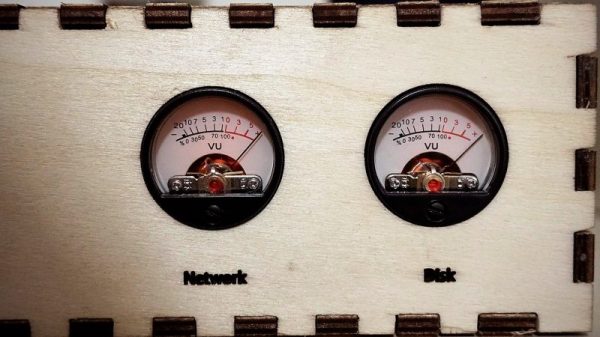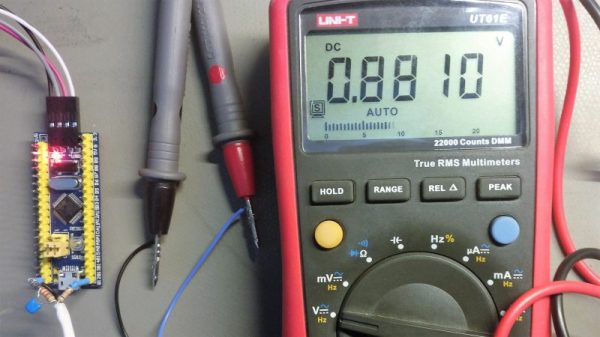If you ever develop an embedded system in a corporate environment, someone will probably tell you that you can only use 80% of the CPU or some other made-up number. The theory is that you will need some overhead for expansion. While that might have been a reasonable thing to do when CPUs and operating systems were very simple, those days are long gone. [Brendan Long] explains at least one problem with the idea in some recent tests he did related to server utilization.
[Brendan] recognizes that a modern CPU doesn’t actually scale like you would think. When lightly loaded, a modern CPU might run faster because it can keep other CPUs in the package slower and cooler. Increase the load, and more CPUs may get involved, but they will probably run slower. Beyond that, a newfangled processor often has fewer full CPUs than you expect. The test machine was a 24-core AMD processor. However, there are really 12 complete CPUs that can fast switch between two contexts. You have 24 threads that you can use, but only 12 at a time. So that skews the results, too.
Of course, our favorite problem is even more subtle. A modern OS will use whatever resources would otherwise go to waste. Even at 100% load, your program may work, but very slowly. So assume the boss wants you to do something every five seconds. You run the program. Suppose it is using 80% of the CPU and 90% of the memory. The program can execute its task every 4.6 seconds. So what? It may be that the OS is giving you that much because it would otherwise be idle. If you had 50% of the CPU and 70% of the memory, you might still be able to work in 4.7 seconds.
A better method is to have a low-priority task consume the resources you are not allowed to use, run the program, and verify that it still meets the required time. That solves a lot of [Brendan’s] observations, too. What you can’t do is scale the measurement linearly for all these reasons and probably others.
Not every project needs to worry about performance. But if you do, measuring and predicting it isn’t as straightforward as you might think. If you are interested in displaying your current stats, may we suggest analog? You have choices.













